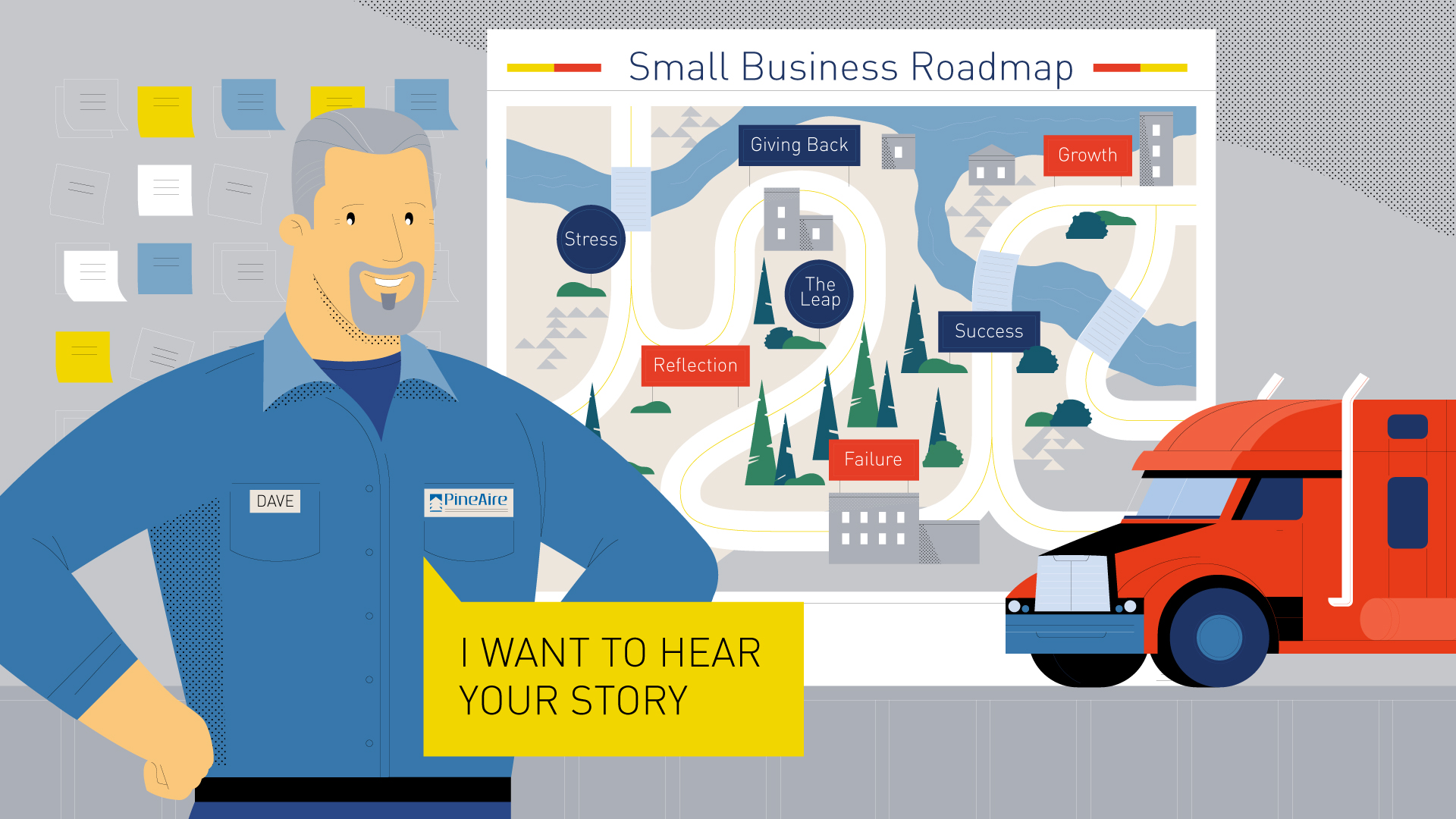
August 2020
4 Min Read
Your Marketing Needs to Evolve
In a crisis situation subject to daily/weekly changes, you must continually review and adapt how you are speaking to your customers and managing your brands.
Since the COVID-19 pandemic and the Black Lives Matter movement have taken center stage, most organizations have given marketing a lower priority. In this rapidly evolving moment in history, marketing is an integral component of moving your business forward. Conveying the right tone while taking the proper actions in order to help restore customers’ faith in your business is a critical yet challenging task.
“Among marketing’s greatest challenges is foreseeing how customer wants, needs, expectations and purchasing decisions will evolve,” says Augie Ray, VP Analyst, Gartner.
Take a look at our four marketing tips on how to successfully emerge from the crises.
Continuously listen for changes in customer sentiment and behavior
85% of consumers form opinions about companies based on how companies react in times of crisis.[1
Building trust is more important than ever because customers today are bombarded with options. A customer’s purchasing decision often stems from which brand closely aligns with their own values and morals. Thanks to the rise of social media ads, a consumer may pass through hundreds of product advertisements in a single day. How do you get customers to reestablish trust with your brand?
You need to listen to your customer’s expectations, feelings, and needs as they adapt to their new normal. The key is to monitor customer discussions regarding information relevant to your brand through sales calls, emails, customer service chats and social media. By continually monitoring customer sentiment about their concerns and reactions to your brand, you have an opportunity to quickly readjust your message, if necessary.
Anticipate operational impacts
While staying true to your brand’s values, marketers must be quick to adapt to the changing market demands for products and services. As states are slowly reopening and consumer purchasing behavior is acclimating to a “new normal,” here are 3 areas that can help you prepare for potential operational changes:
- Set reasonable expectations for your brand. For products or services with an unpredictable future due to supply chain disruptions, a brand should consider pausing campaigns promoting such products as to not over-promise to customers.
- Anticipate and prepare for a greater volume of customer service requests. Build a list of responses to anticipated customer service questions or concerns as a response to the crisis.
- Reevaluate your marketing budget. Instead of cutting marketing budgets, as many companies have already done, companies should prioritize their marketing spend on efficient, high-performing campaigns to maintain the competitive edge amongst competitors by carefully reviewing and adjusting their digital footprint.
Adapt your marketing plan
Consumer as well as business purchasing behavior has completely flipped since the start of the COVID-19 pandemic. Following are three areas to focus on:
- Develop compassionate/empathetic marketing content. Being mindful of the current environment, marketers must carefully consider their language tone and purpose of their messaging while adjusting to the changing landscape. Many marketers are turning to need-based, compassionate marketing messages as more consumers are turning to brands that are helping with the current challenges we face.
- Decide media purchases early. In addition to the present situations, brands are also competing with the media buy (TV/Radio/Digital/Print) for the upcoming Presidential election. Prepare your media plan early and make adjustments later on if needed.
- Develop a plan for event-based programs. With large gatherings still restricted for the foreseeable future, create alternative marketing plans for future shows. i.e. the recent pivot for event planners to create virtual shows.
Double down on digital
More than ever, the majority of individuals are looking to social media for news, a way to connect with people and as an escape of our unpredictable reality. It is important to understand not only how your business is perceived on all digital platforms, but also that it works to fulfill your marketing and sales goals.
It is critical that you map your firm’s digital footprint as it is today to understand what channels your company is using and then map out what channels you should use in the future. The decision on which channel to use needs to be based on your target market.
Most organizations we come in contact with limit their digital footprint to one or two tactics (i.e. email and their website). By doing so, they are effectively closing down avenues that are potentially great sources of leads and opportunities. (7 Steps to Create a Successful Digital Footprint)
Here are two ways to increase digital exposure:
- Increase video content across platforms. According to research by Hubspot, “Video marketers see a 54% increase in brand awareness with their content among audience members.”
- Ramp up social media. Reach out to your audience with thoughtful, people-focused social media content. Empathize, motivate and engage your followers to help your brand stay relevant.
With the looming worry of a recessionary period as a result of the COVID-19 pandemic, as well as a shift in public sentiment, businesses continue to be uncertain of any long-term marketing commitments.
However, now is the time for marketers to dust off their existing marketing strategy and reevaluate it to meet today’s communication needs. There is plenty of opportunity if you approach your marketplace with empathy and intelligence.
If you need help or have questions on how to create messaging that works for both your company and the marketplace, give CGT Marketing a call.
[1] The Company behind the Brand II: In Goodness We Trust, Weber Shandwick, in partnership with KRC Research



















































